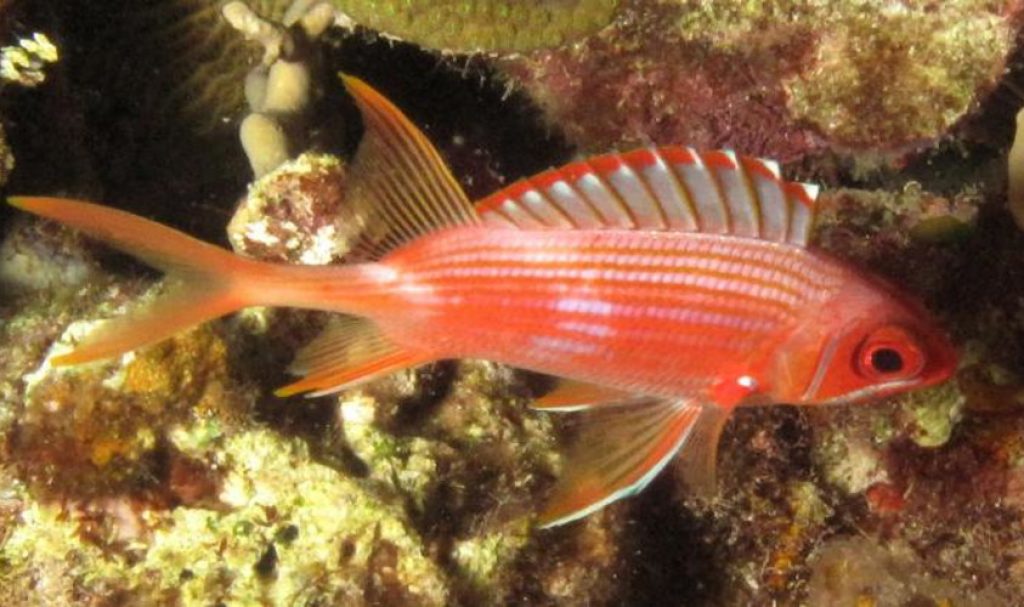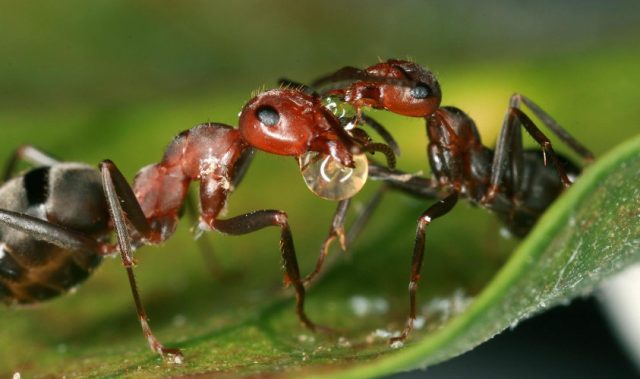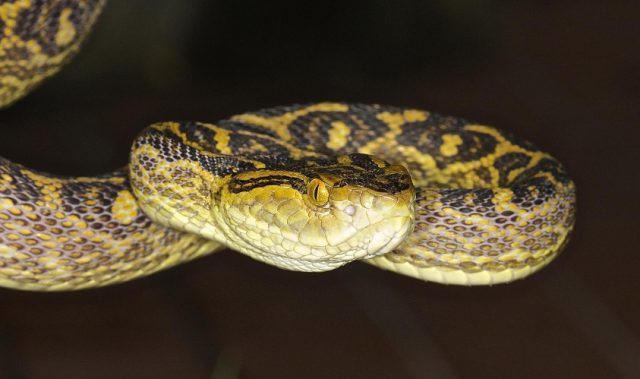
AsianScientist (Aug. 13, 2018) – In a study published in the Journal of Evolutionary Biology, an international team of scientists has discovered that nocturnal fish evolved to have larger eyes but a smaller brain area dedicated to visual processing.
Even in near complete darkness, nocturnal fish are able to forage and hunt. This is due to unique adaptations that allow them to see using a minimal amount of light.
To better understand the biological mechanisms underlying the fishes’ sight in low light, researchers led by Dr. Teresa Iglesias and Professor Evan Economo of the Okinawa Institute of Science and Technology (OIST), Japan, caught more than a hundred fishes of 66 different species from reefs around Hawaii and North Carolina, US.
This catch comprised 44 diurnal species and 16 nocturnal species with a wide range of food habits—some ate other fish, others fed on microscopic plankton, while others were bottom-dwelling scavengers. Once caught, the fishes were photographed and their heads preserved in formalin. Later in the lab, the researchers measured the size of each fish’s eye and lens, then scanned the animals’ preserved brains using micro CT scanners.
The researchers reported that the eyes of the squirrelfish (Holocentrus rufus), a common nocturnal inhabitant of coral reefs, are almost three times larger than the eyes of diurnal fishes of similar body size. This feature is common to many other species of nocturnal fish. Initially, the researchers speculated that the retina in such fishes would be loaded with more rods and cones than that of diurnal fishes, and thus larger optic tecta—the part of the brain involved in visual processing—would be required to accommodate this increase in light-harvesting apparatus.
However, they found that the optic tecta of squirrelfish and other nocturnal fishes were smaller than those of day hunters, suggesting that their brains have sacrificed capabilities that are not as useful at night. Since color is not visible in light-deficient environments, these fishes have limited color acuity and limited depth of vision, but instead, are adept at detecting movement.
The study also suggests that behavioral traits like camouflage can influence the size of the optic tecta. Among the 66 species of fishes that the scientists sampled, the peacock flounder (Bothus mancus) was found to have the largest optic tectum. Peacock flounders dwell on sandy floors of reefs and are active during the day, though they prefer to hunt at night. Like chameleons, they are masters of camouflage and can mimic their surroundings to blend in. This trait, according to the scientists, may explain why peacock flounders possess such highly developed optic tecta.
“Their visual centers may be important for adopting the correct camouflage, but they are also important for detecting predator movements in both bright and dim light,” said Iglesias.
The researchers noted that there is still much left to learn about how the environment and behavior of a species can shape the evolution of its brain. Their findings may be relevant to the understanding of how light pollution from human activity can interfere with the neurosensory capabilities of fishes and other organisms.
The article can be found at: Iglesias et al. (2018) Eyes Wide Shut: The Impact of Dim‐light Vision on Neural Investment in Marine Teleosts.
———
Source: Okinawa Institute of Science and Technology Graduate University; Photo: Alex Dornburg.
Disclaimer: This article does not necessarily reflect the views of AsianScientist or its staff.












